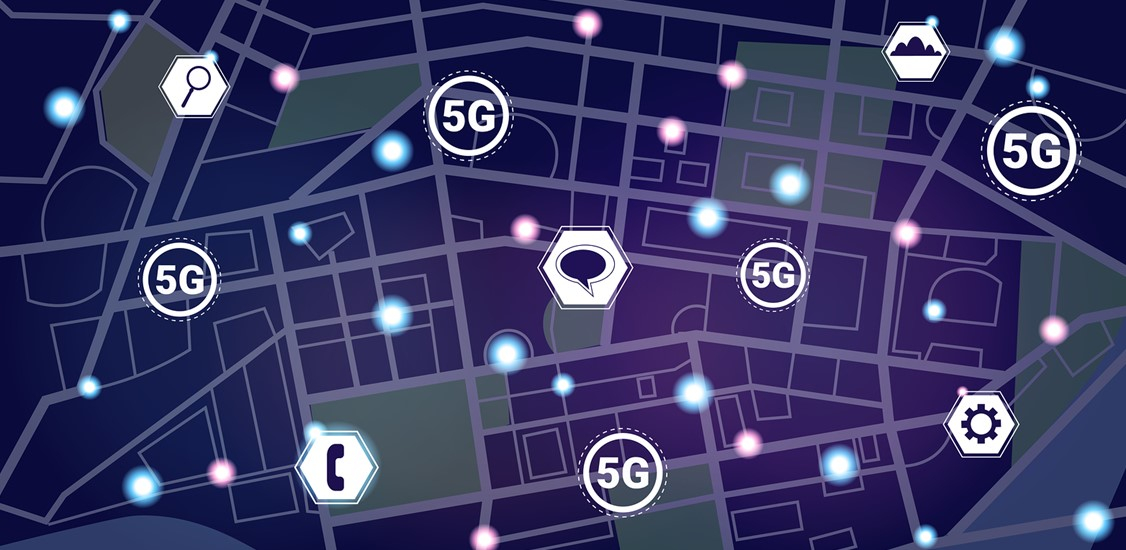Where do we go from here? Organizations like NXP, Analog Devices, and Samsung are clamoring to meet the full 5G infrastructure's fluctuating demands. Network providers are working to understand better where they can strike the best balance of speed and capacity between the sub-6GHz spectrum and mmWave. Mobile experts predict a dramatic uptick in 5G mmWave shipments over the next three years, stating, "The driving force [for mmWave] is simple, it's the need for capacity." Right now, we are in the era of deployment. As more devices come online, we are quickly depleting our bandwidth in lower frequency ranges, which has prompted an accelerated global deployment of sub-6GHz networks. While a necessary first step, this neither delivers the speeds promised for 5G initially, nor does it solve the bandwidth issue in crowded areas. The rollout of 5G mmWave is limited to a few cities' high-density areas where users see dramatic differences in speed, bandwidth, and latency. Organizations along the infrastructure supply chain are working hard to overcome the hurdles of limited range and signal interference associated with realizing more wide-spread mmWave coverage. The outlook is promising. So, where do we go from here? The answer is forward. The move from more extensive, macrocell base stations to smaller cell architectures is the first step. Incorporating smaller, more complex chips allows a higher volume of more efficient stations to be deployed at a lower cost. However, this change in the makeup of base stations changes design requirements and completely changes requirements in test.
Complexity on the rise
The landscape of wireless communication infrastructure has changed. While technologies like beamforming aren't new - the defense industry has been using this technology for years - the application to 5G to help with mmWave coverage is and is impacting the approach to base station design. Historically base stations have used omnidirectional antennas that distribute power evenly across a cell. Now with Massive MIMO antenna arrays, we see a change in the signal chain architecture in base stations themselves. In earlier architectures, you might have seen a single power amplifier (PA) driving an omnidirectional antenna. We now see multiple PAs each driving separate elements of an antenna array. Chipmakers, looking to increase power and performance and reduce cost in this more complex architecture, are trying to incorporate as much functionality as possible into single-chip packages. Using the PA example, chip makers are now integrating multiple PAs, low noise amplifiers, filters, and switches into a complete front-end module capable of handling specific frequency bands. This trend is being seen on the transceiver side as well. New 5G base stations use single modules comprised of DACs, ADCs, and modulators with a high-speed serial interface. The changes seen along the signal chain have a huge impact on test requirements, making automated test equipment more desirable to test RF and baseband signals and high-speed serial interfaces. Chip developers will need to increase throughput and capacity in tests to keep up with the market's volume demands.
Powering higher efficiency
One key challenge area for RF transmitter design is the tradeoff between PA efficiency and linearity. Higher linearity promotes increased data rates while a more efficient PA will last longer or allow for use with smaller power supplies. To strike a sufficient balance between these two areas, organizations have historically used analog envelope tracking techniques to modulate the PA supply voltage and drive operation at its compression point for longer durations. There are limitations to this once you start moving to 5G signals and begin encountering higher peak to average power ratios, so a new approach was needed. ETA Wireless, for instance, developed a digital envelope tracking technique taking advantage of asymmetric multilevel out phasing (AMO) to provide high efficiency at higher data rates. AMO modulation breaks a signal down into two vectors, with a significantly smaller peak to average power ratios, which drive two independent PAs. Envelope tracking is then used to optimize the efficiency of each amplifier.
Everyone and everything connected
As we continue to deploy 5G devices and infrastructure, we must note how connected systems will grow to influence and depend on one another. The transportation industry will rely on the increased speed and low latency of 5G networks to make vehicle to vehicle communication a reality. Connected Systems on manufacturing floors that need to provide critical asset management and utilization data will require higher bandwidth connections. These dependencies mean optimizations at the infrastructure level will have a ripple effect on a broad set of technologies and markets. From a test perspective, we can continue to find ways to increase test coverage without increasing cost. One way we are investigating that possibility is with artificial intelligence. If we can predict what tests will pass based on tests that have already passed, we can effectively maintain coverage with fewer measurements. One thing is sure; as we continue to deploy 5G, the connection will not stop at just the technology; it will span ideas, teams, and markets.




















